Rangpur, July 16, (V7N) – Exactly one year ago today, a young student named Abu Sayeed of Begum Rokeya University (Berobi) fell to police bullets during a protest—his death becoming the defining spark of the nationwide anti-discrimination movement.
On July 16, 2024, Rangpur turned into a battlefield. Sayeed’s killing not only intensified the anti-quota protests, but also shook the nation’s conscience. The image of a student standing alone against police fire—refusing to back down even as others fled—became a lasting symbol of resistance and sacrifice.
The Clash that Sparked a Movement
At 1:45 PM, hundreds of students from various schools and colleges, including Carmichael College and RCCI School & College, joined the university procession. As they moved toward Gate No. 1 of Begum Rokeya University, police intercepted the crowd multiple times—first at Captain Backology intersection, then again in front of the Press Club. Each time, the students surged forward, their anger mounting.
At Lalbagh, a massive gathering joined forces. Police tried to disperse them by launching teargas shells, sound grenades, and finally opening fire. While others retreated, Abu Sayeed stood his ground—until a police bullet struck him.
Witnesses say Ayan, a student of RCCI, was the first to run to Sayeed’s aid. Others joined in, rushing him through Park Mor, then by rickshaw to the Agriculture Office, and finally in an auto-rickshaw to the hospital. At 3:05 PM, he was pronounced dead.
Police Attempt to Confiscate the Body
In a move that only deepened public outrage, police tried multiple times to seize the body from students. After a failed attempt at DC Mor, officers succeeded in forcibly snatching Sayeed’s body at Backology Mor. Later that night, under heavy police escort, the body was transported to his village for burial. Attempts were made to bury him immediately, reportedly to avoid further unrest.
Those who bathed the body testified that Sayeed was riddled with bullets, matching the autopsy report later cited by doctors.
Turning Point in the Uprising
The killing of Abu Sayeed was more than just another death in the protests—it was a tipping point.
Hasnat Abdullah, a former coordinator of the anti-discrimination student movement and now chief organizer of the southern region of the National Citizens Party (NCP), recalled in a media statement:
“I was in an online meeting when we got word that Abu Sayeed had been shot in Rangpur. That night, we took a decision—there would be no more talks. The price of change would be paid in blood.”
From that moment, dialogue collapsed. Protests erupted in every corner of the country—from Chattogram to Rajshahi, Sylhet to Khulna—with Sayeed’s face appearing on placards and murals as a martyr for the cause.
Legacy of Resistance
A year later, Abu Sayeed is remembered not just as a victim, but as a hero. His sacrifice is being formally recognized by the July Mass Uprising Directorate, and his name will reportedly be included in the government’s official list of July Martyrs, set to be gazetted soon.
His story remains a powerful reminder of the cost of justice—and of a movement born from pain, courage, and unyielding spirit.
END/RH/AJ



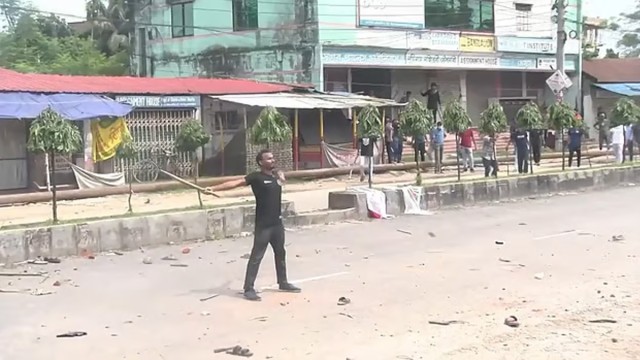
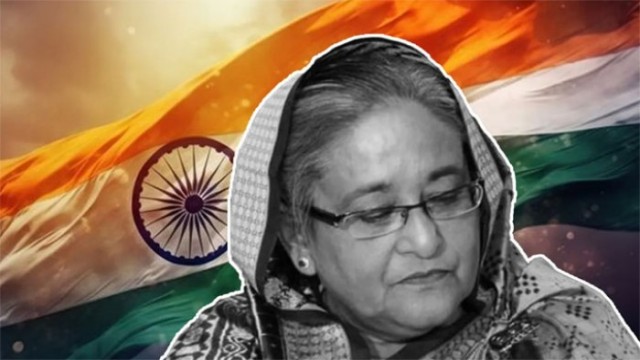
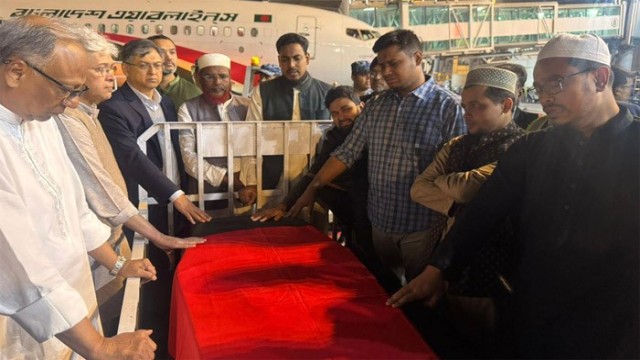
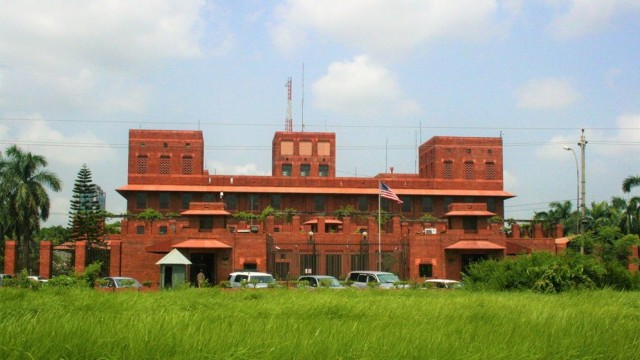
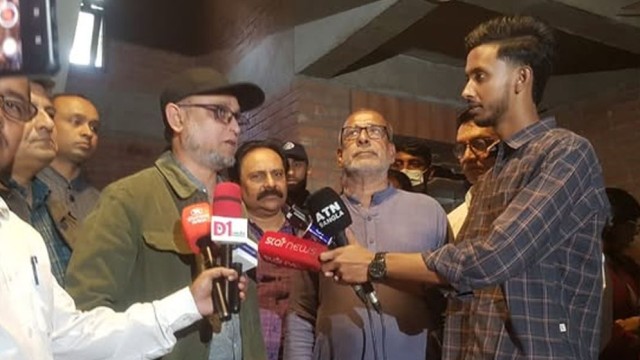
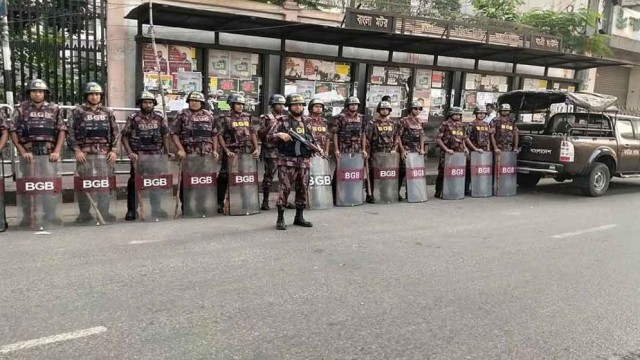
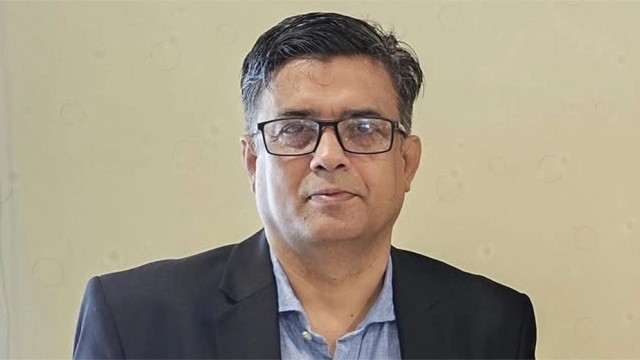
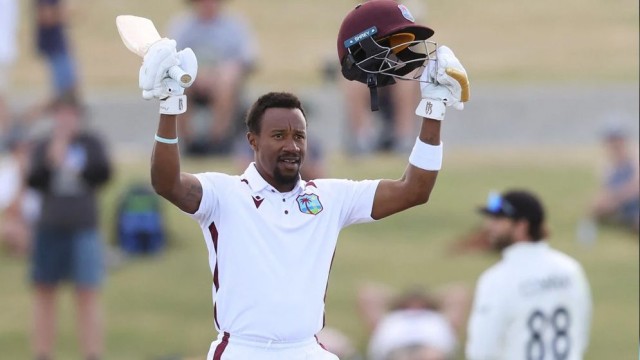
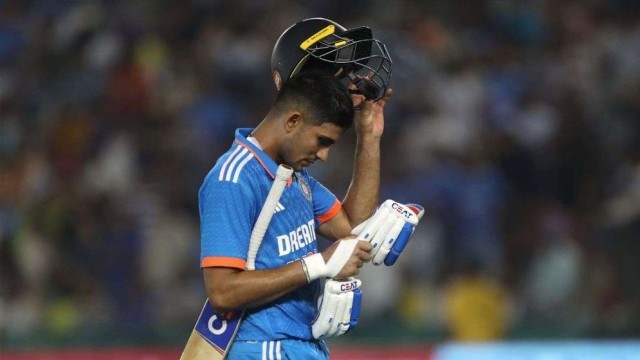
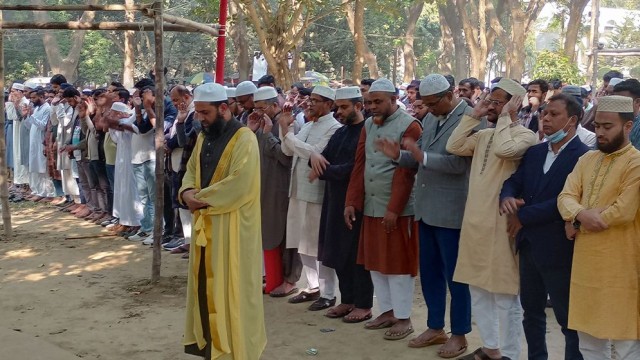
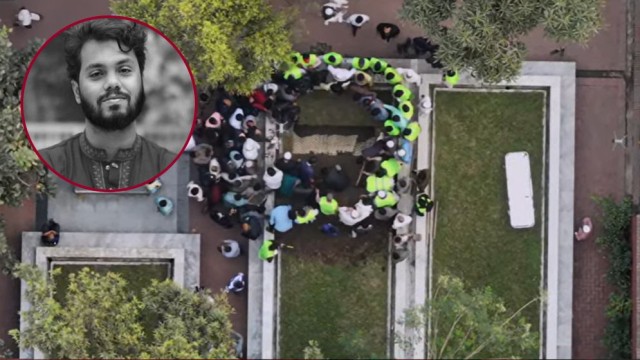
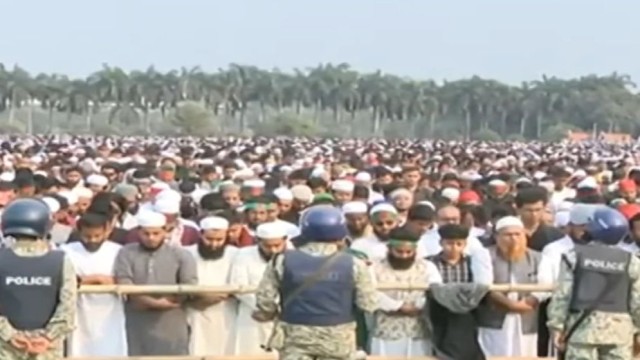
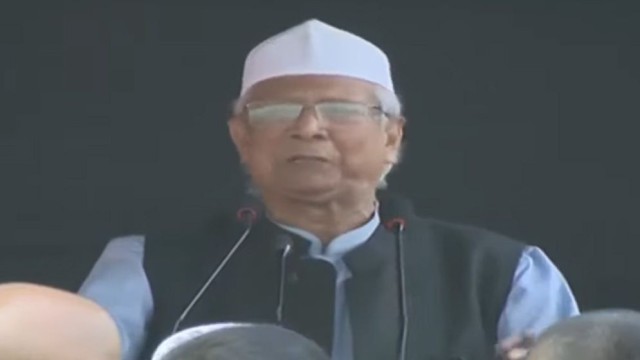
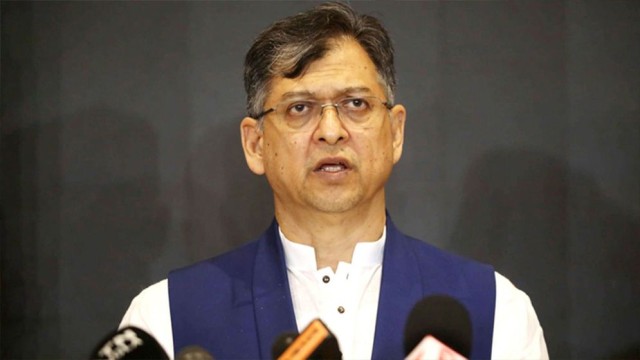
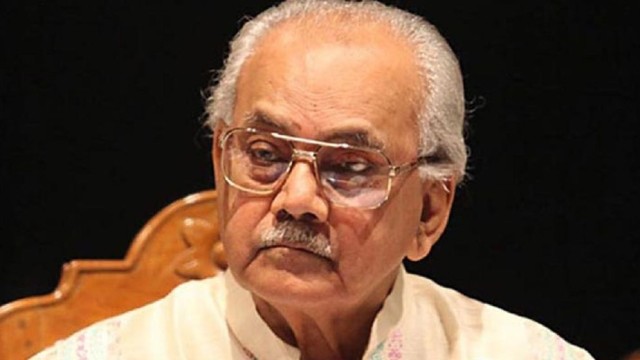
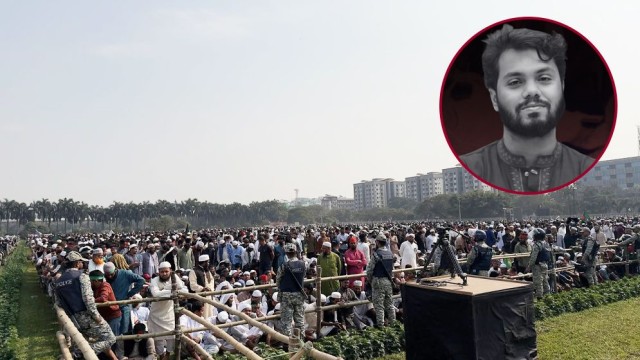
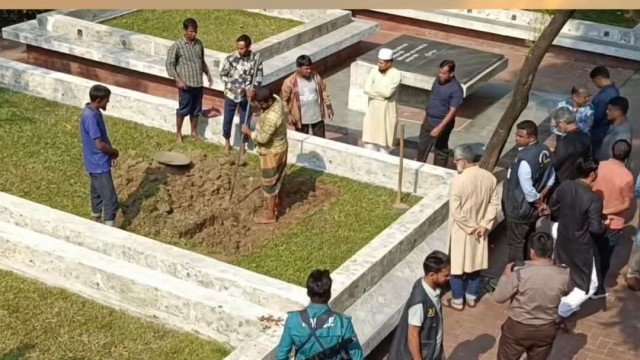

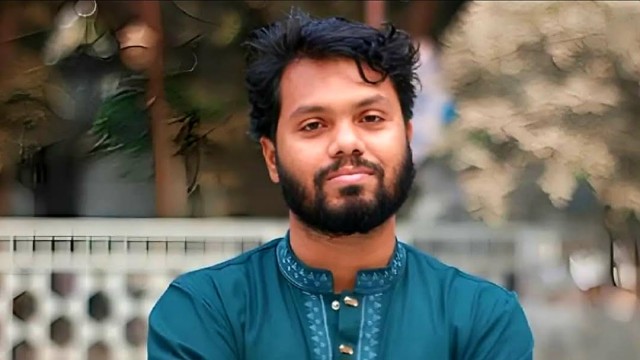
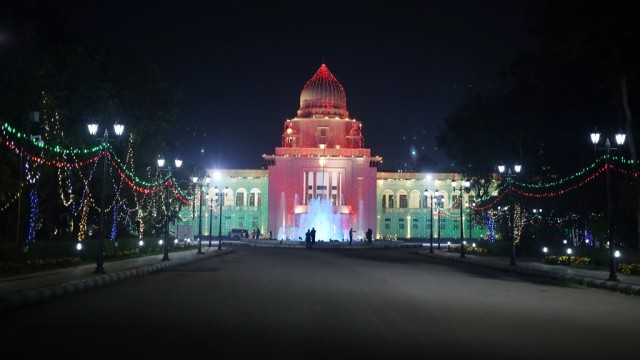
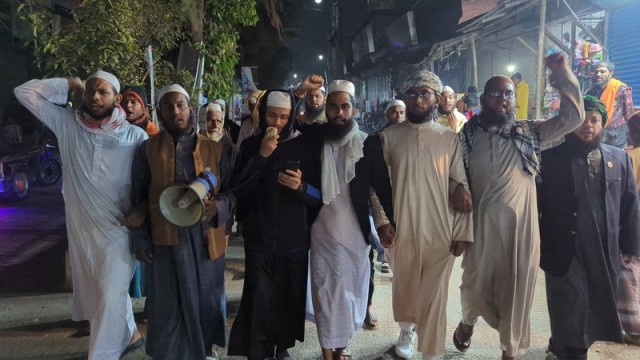

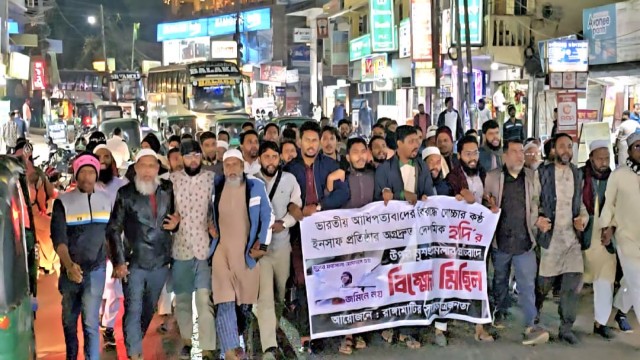
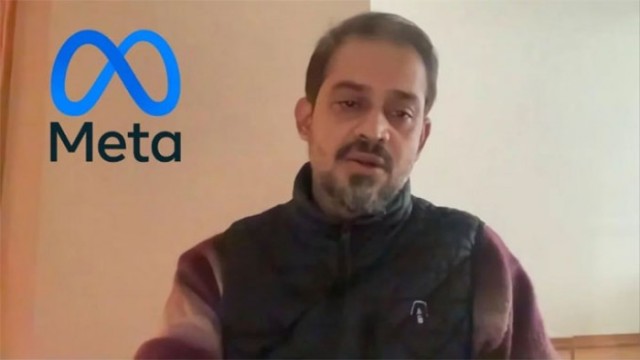
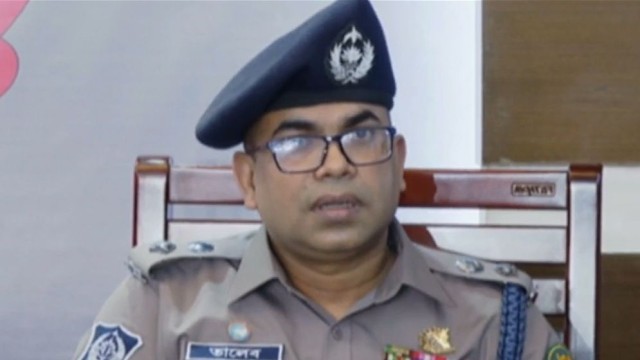
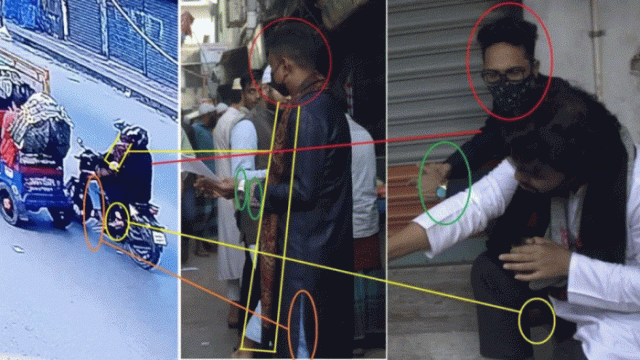
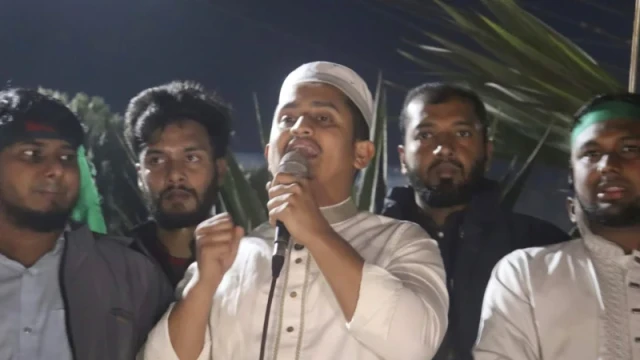
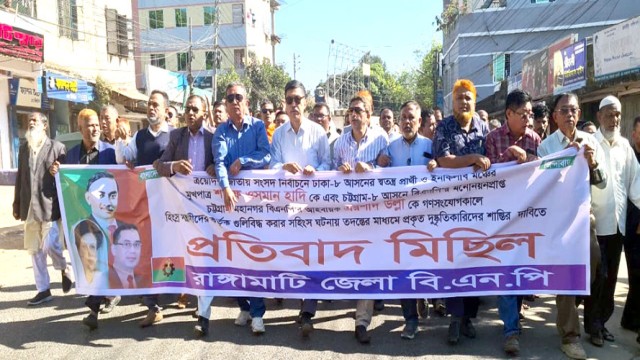
Comment: